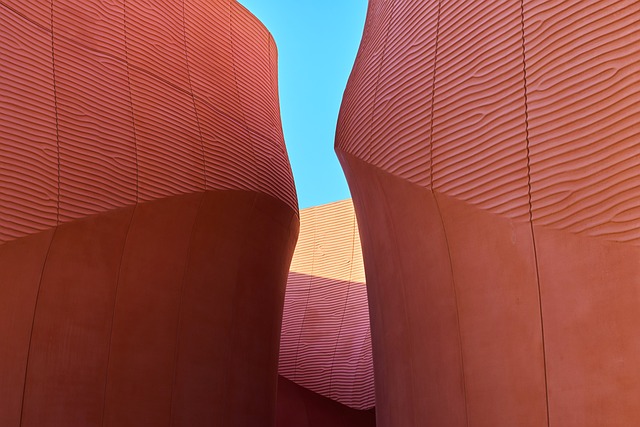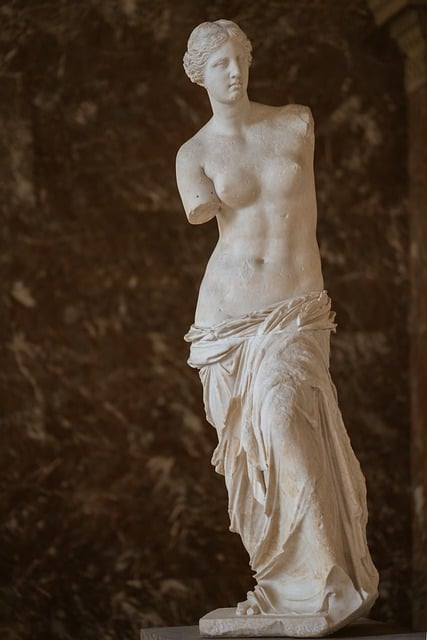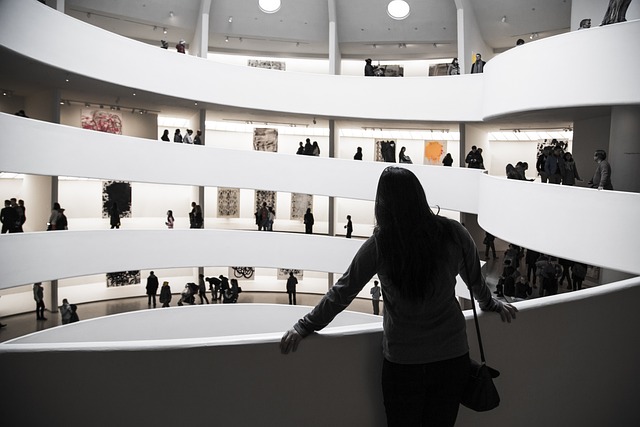Beyond the Canvas: An Engaging Museum Art Guide for Everyone
Art has the remarkable ability to transcend boundaries, bridging cultures and generations. Museums serve as the custodians of artistic heritage, offering a treasure trove of creativity that invites exploration and appreciation. However, the average visitor may find themselves intimidated by the vastness of a museum, unsure of where to start or what to look for. This guide aims to demystify the museum experience, empowering everyone, from seasoned art aficionados to curious newcomers, to appreciate the beauty and significance of art in all its forms.
Understanding the Museum Landscape
Museums exist in various forms, each serving unique purposes and showcasing different aspects of human creativity. Art museums, for instance, focus on the visual arts, housing paintings, sculptures, and installations. On the other hand, history museums delve into the past, curating artifacts that tell stories of civilizations and cultures. The first step to a fulfilling museum visit is to understand the specific type of museum you are exploring, as this will set the stage for your experience.
Art museums can be categorized into several distinct types:
- Classic Art Museums: These institutions often feature renowned masterpieces from established artists such as Vincent van Gogh, Pablo Picasso, and Claude Monet.
- Contemporary Art Museums: Focusing on modern and current works, these venues celebrate innovation and experimentation in art.
- Specialized Museums: These museums focus on a specific type or period of art, such as photography, sculpture, or folk art.
- Community Art Centers: Often smaller and less formal, these centers emphasize local artists and foster community engagement through workshops and exhibitions.
Preparing for Your Visit
Before you even step foot inside a museum, preparing for your visit can enhance your overall experience. Here are a few strategies to consider:
Research the Current Exhibits:
Most museums provide information about current and upcoming exhibitions on their websites. Familiarizing yourself with the featured artists and their works can serve as a great starting point. This research can help focus your visit and give context to the works you will encounter.
Understand the Terminology:
Art has its own vocabulary, and knowing basic terms can enhance your understanding of the works you encounter. Familiarize yourself with terms such as ‘composition,’ ‘medium,’ ‘style,’ and ‘symbolism.’ This familiarity not only enriches your comprehension but also engages conversations with fellow art lovers.
Plan Your Time:
Museums can be large, sprawling spaces with numerous galleries. Decide in advance how much time you want to spend and prioritize different sections of the museum. You might want to spend more time in the contemporary art section while quickly walking through classical pieces, or vice versa.
Immersive Experiences within the Museum
One of the most rewarding aspects of visiting a museum is the opportunity to engage with art on a personal level. This involves more than simply observing the pieces; it means allowing the art to evoke thoughts, feelings, and reflections.
As you walk through the galleries, take a moment to pause in front of works that draw your attention. Ask yourself:
- What emotions does this piece evoke?
- What do the colors, textures, and forms communicate?
- What story might the artist be telling?
These questions can deepen your appreciation and open your mind to new interpretations. Consider keeping a journal to jot down your thoughts during your visit, capturing your initial impressions and reflections after viewing various works.
The Role of Guided Tours
For those looking to gain deeper insights into the art and its context, embarking on a guided tour can be incredibly beneficial. Most museums offer guided tours led by knowledgeable docents who can provide information that enriches your understanding of the art.
Guided tours often cover:
- The history of the art movements represented in the museum.
- Background stories about the artists and their creative processes.
- Significant details and symbolism embedded in specific works.
In addition to formal guided tours, many museums offer audio guides or mobile apps that allow you to explore at your own pace while providing valuable commentary. Whether you prefer a structured tour or a more independent exploration, these resources can significantly enhance your experience.
Interpreting Art: A Personal Journey
Art appreciation is inherently subjective; what resonates with one individual may not have the same impact on another. Embrace this diversity of interpretation by considering your personal experiences and feelings as you engage with different works of art.
Engage with Different Perspectives:
Seek out opportunities to participate in discussions, whether with friends, museum staff, or other visitors. Hearing different interpretations and perspectives can open your mind and challenge your preconceived notions about art. Consider participating in group tours or workshops where dialogue about the artwork is encouraged.
Attend Talks and Lectures:
Many museums host lectures by artists, historians, or curators. Attending these events not only enhances your understanding but also fosters a sense of community and connection among fellow art enthusiasts.
Creating Lasting Connections
To foster a deeper connection with art, consider returning to the museum multiple times. Each visit can unveil new insights and foster a richer understanding of the art. Over time, you may find that your perspectives shift as you encounter new exhibitions and revisit familiar works with a fresh pair of eyes.
Additionally, strive to develop a relationship with the community around the museum. Many institutions host events, workshops, and exhibitions showcasing local artists. Engaging with your local art community can significantly enrich your experience and extend your understanding of various artistic expressions.
Integrating Art into Daily Life
The journey into the world of art doesn’t need to end upon leaving the museum. Find ways to integrate art appreciation into your daily life:
- Follow art-focused social media accounts that share insights about different works, artists, and exhibitions from around the world.
- Visit galleries and art fairs in your area to support local artists and engage with diverse works of art.
- Participate in community art programs or workshops to nurture your own creativity and gain practical experience.
Encouraging Future Generations
As adults, we have the power to influence the next generation’s view of art and culture. Encourage children and young adults to explore museums by introducing them to art early on. Organize family trips to museums, create art projects at home, or engage them in conversations about various artistic expressions. The goal is to instill a curiosity and appreciation for art that can last a lifetime.
Conclusion
Visiting a museum should not be a daunting experience but rather an exciting adventure waiting to unfold. By equipping yourself with knowledge, preparing thoughtfully, and engaging deeply, you can transform the way you interact with art. Remember that art belongs to everyone, and each person’s interpretation is valid and important. So, step beyond the canvas, embrace the experiences that await, and allow the world of art to inspire and enrich your life.


